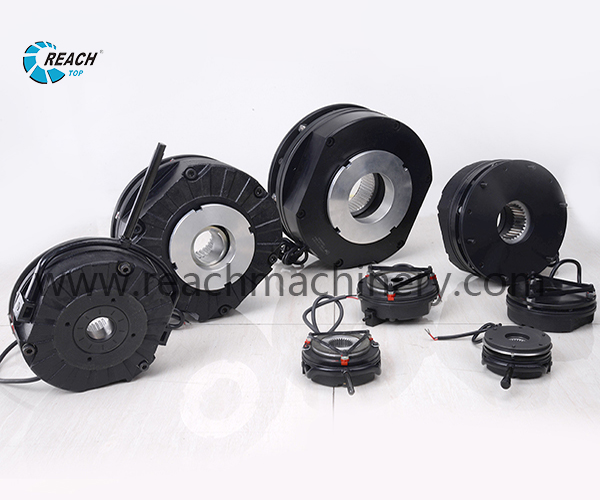Introduction:
Brakes are crucial components in various machinery and vehicles, enabling control and safety during deceleration or stopping. Two commonly used brake systems are electromagnetic brakes and hydraulic brakes. In this article, we will compare their advantages and disadvantages to help understand their respective strengths and weaknesses.
Electromagnetic Brakes:
Electromagnetic brakes, as the name suggests, rely on electromagnetism to generate braking force. Here are their key advantages and disadvantages:
Advantages:
Quick and precise response: Electromagnetic brakes offer rapid response times, allowing for immediate engagement and disengagement. This characteristic makes them well-suited for applications requiring precise control, such as robotics or high-speed machinery.
High reliability: Electromagnetic brakes have a simple design with fewer moving parts, resulting in increased reliability and reduced maintenance needs. The absence of hydraulic fluids also eliminates concerns related to fluid leakage or contamination.
Enhanced safety: With electromagnetic brakes, there is no reliance on hydraulic lines, making them less susceptible to failure due to hose or line rupture. This feature is especially important in critical applications where safety is paramount.
Electromagnetic brakes from Reach
Disadvantages:
Limited heat dissipation: Electromagnetic brakes tend to generate significant heat during prolonged use. In high-energy applications, such as heavy machinery or vehicles operating on steep inclines, adequate cooling measures must be in place to prevent overheating.
Reduced torque capacity: Compared to hydraulic brakes, electromagnetic brakes often have lower torque capacities. This limitation may restrict their usage in applications that require high braking force, such as heavy-duty trucks or large industrial equipment.
Hydraulic Brakes:
Hydraulic brakes utilize fluid pressure to transmit braking force and are commonly employed in automotive and industrial applications. Let’s explore their advantages and disadvantages:
Advantages:
High braking force: Hydraulic brakes are known for their exceptional braking force capabilities. They can generate substantial torque, making them suitable for heavy-duty applications that require significant stopping power.
Heat dissipation: Hydraulic brakes possess superior heat dissipation properties due to the hydraulic fluid circulating within the system. This allows them to withstand prolonged braking without experiencing excessive temperature buildup.
Flexibility in system design: Hydraulic brake systems offer versatility in terms of configuration and integration with other hydraulic systems. They can be easily tailored to fit specific requirements, making them adaptable to a wide range of applications.
Disadvantages:
Complexity and maintenance: Hydraulic brakes involve more intricate designs, consisting of hydraulic lines, pumps, valves, and reservoirs. This complexity increases the chances of component failure, necessitating regular maintenance and inspection to ensure proper operation.
Fluid leakage risks: Hydraulic systems are susceptible to fluid leaks, which can compromise the brake’s performance and pose safety hazards. Continuous monitoring and prompt repair of leaks are necessary to maintain optimal braking efficiency.
Response time: Compared to electromagnetic brakes, hydraulic brakes typically exhibit slower response times. This delay can be a disadvantage in applications that demand instantaneous and precise braking control.
Conclusion:
Both electromagnetic and hydraulic brakes have their advantages and disadvantages, making them suitable for different applications based on specific requirements. Electromagnetic brakes excel in rapid response, reliability, and safety, while hydraulic brakes offer high braking force, heat dissipation, and system flexibility. Understanding the strengths and weaknesses of each brake system allows for informed decision-making when selecting the appropriate brake technology for a particular application.
Post time: Jul-13-2023

